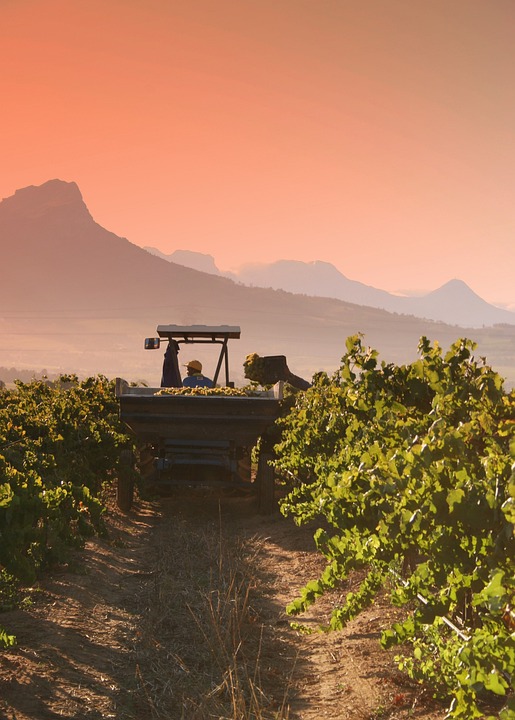The Rise of Single Vineyard and Estate Bottled Chardonnay Wines
Introduction
The market for Chardonnay wines has seen a significant shift in recent years, with a growing demand for single vineyard and estate bottled varieties. These wines are gaining popularity among consumers who value transparency, quality, and unique terroir-driven flavors. In this report, we will explore the reasons behind the rise of single vineyard and estate bottled Chardonnay wines, the financial implications for wineries, and the overall impact on the industry.
Consumer Preferences and Trends
Consumers today are more knowledgeable and discerning when it comes to wine. They are seeking authenticity, provenance, and a connection to the land where the grapes are grown. Single vineyard and estate bottled Chardonnay wines provide a clear sense of place, allowing consumers to experience the unique characteristics of a specific vineyard or estate.
In addition, there is a growing trend towards minimal intervention winemaking and sustainable practices. Single vineyard and estate bottled wines often reflect these principles, as they are crafted with a focus on showcasing the natural flavors of the grapes and the terroir. This commitment to quality and sustainability resonates with environmentally conscious consumers who are willing to pay a premium for wines that align with their values.
Financial Implications for Wineries
From a financial perspective, producing single vineyard and estate bottled Chardonnay wines can be a lucrative endeavor for wineries. These wines command higher prices in the market due to their limited production, exclusivity, and premium quality. Wineries that invest in establishing and maintaining vineyards specifically for Chardonnay production can differentiate themselves in a crowded market and attract a niche audience of connoisseurs and collectors.
Furthermore, estate bottled wines carry a sense of prestige and authenticity, as they are produced entirely on the winery’s estate from grapes grown on their own vineyards. This level of control over the winemaking process allows wineries to maintain quality standards and ensure consistency from vintage to vintage. As a result, estate bottled Chardonnay wines can build a loyal customer base and establish a strong brand reputation in the industry.
Industry Insights
Several prominent wineries have successfully capitalized on the trend towards single vineyard and estate bottled Chardonnay wines. For example, Sonoma-Cutrer Vineyards in California is known for its acclaimed single vineyard Chardonnays, such as the Les Pierres and The Cutrer. These wines showcase the distinct characteristics of Sonoma County terroir and have garnered critical acclaim and consumer praise.
In Oregon, Domaine Serene is renowned for its estate bottled Chardonnays from the Dundee Hills and Eola-Amity Hills AVAs. These wines exemplify the elegance and complexity of Oregon Chardonnay, attracting a global following of wine enthusiasts and collectors.
Overall, the rise of single vineyard and estate bottled Chardonnay wines reflects a broader shift in consumer preferences towards premium, terroir-driven wines. Wineries that embrace this trend and invest in quality vineyard practices stand to benefit from increased sales, brand recognition, and a loyal customer base.
In conclusion, the market for single vineyard and estate bottled Chardonnay wines is on the rise, driven by consumer demand for authenticity, quality, and sustainability. Wineries that focus on producing these wines can differentiate themselves in a competitive market, attract a niche audience of discerning consumers, and ultimately achieve financial success in the industry.


